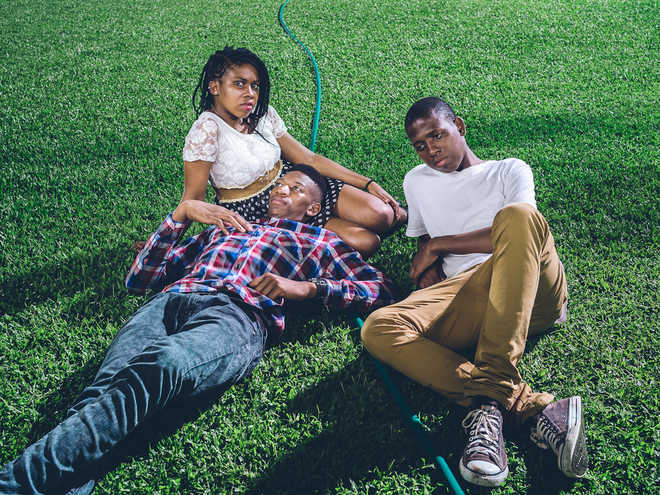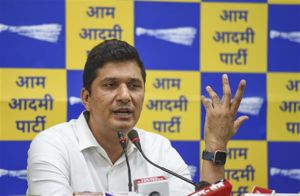
Portraits of intimacy: Charity & Friends, South Africa/Manipal, 2016
Amit Sengupta
These images don’t celebrate the fear, humiliation or violence that stalks the Africans across byways, vegetable markets and shopping malls. Instead, they depict poise and elegance, resilience and deep solitude... Mahesh Shantaram’s new series, The African Portraits, documents the lives of Africans living in India, ghettoised and brutalised by a crudely expressed and hidden culture of racism. The photographs, which were showcased at a recent exhibition by Tasveer and Exhibit 320, are at once striking, for, each one of them is a portrait of dignity and alienation. While in Brussels, Shantaram speaks to The Tribune on these portraits of intimacy as aesthetic metaphor and a political statement.
What inspired you to document the lives of Africans, mostly young, in India? How much time did it take?
I want to learn about India and ‘Indianness’ through the experience of Africans living here. The portraits commemorate my meetings with each of my subjects and the extended conversations I've had with them. I've been working on this project since February 2016.
In their narratives, how do they perceive the expressed, violent and tacit racism in India? Did they expect it when they came here? Do they only come here for education?
Racism against blacks is an everyday phenomenon. Only when an 'incident' happens does it become newsworthy. Many Africans find themselves unwittingly caught an Indian problem — our propensity to treat with baseless suspicion, met out unfair treatment, and dispense mob justice to people who are seen as inferior. A vast majority of Africans I've spoken to are legitimate students. I focus mainly on them because they are a vulnerable community and lack the agency to act in a society that is weighed against them. African students look at India as some sort of Mecca for higher education. Their idea of India is inspired by Hindi films. However, their expectations come crashing down as soon as they get here and experience xenophobia.
I had been noticing reports of occasional but serious incidents of racism against black people in India. But, early this year, an attack against a Tanzanian student in Bangalore (where I live) shook me to a point where I felt the need to come up with an artistic response. That’s what got me started on a cross-country journey to meet African students, understand their experiences and, sometimes, even counsel them to navigate a difficult terrain.
How do they compare this form of racism in India, with experiences in other countries, notably, in the West? Why should they be concerned about racism in other countries? Do they find any redeeming features in India? Solidarity, affection, intellectual comradeship..
There are always right-minded people who will show solidarity when the time comes. This happens after every 'incident'. However, by and large, African students have only each other for company. They are generally not made to feel welcome by their Indian peers inside and outside campus. Romantic relations between Africans and Indians are very risky to pursue. The exceptions are so rare that it is treasured by those who enjoy the privilege.
Your show is mostly portraits, full of dignity, as much as poise and grace. Surely, there is a stark sense of isolation and alienation too...
I find portraiture intimidating and incredibly appealing at the same time. As such, I was itching to get started on a debut portrait project. Traditionally, there are ways of approaching a photo project that wants to look at a community. However, what I was interested in this case was racism and other interconnected social phenomena. How do you photograph racism? You need something that can act as a visual metaphor or personify it. That’s what led me to have all these encounters with Africans across India. Anywhere in the world, Africans can tell you a thing or two about racism.
I’ve also wanted to experiment with ‘slowing down’ the process of photography. I met the first students I photographed at night; soon, for the sake of consistency, I started taking all the portraits at night time. Daylight tends to describe everything — it shows things as they are. The dark offers the security and intimacy of a warm blanket. Each of these images is exposure of 8 to 15 seconds. It would be impossible to succeed without the total dedication and collaboration of my subjects. That allows a bond to develop between us.



























